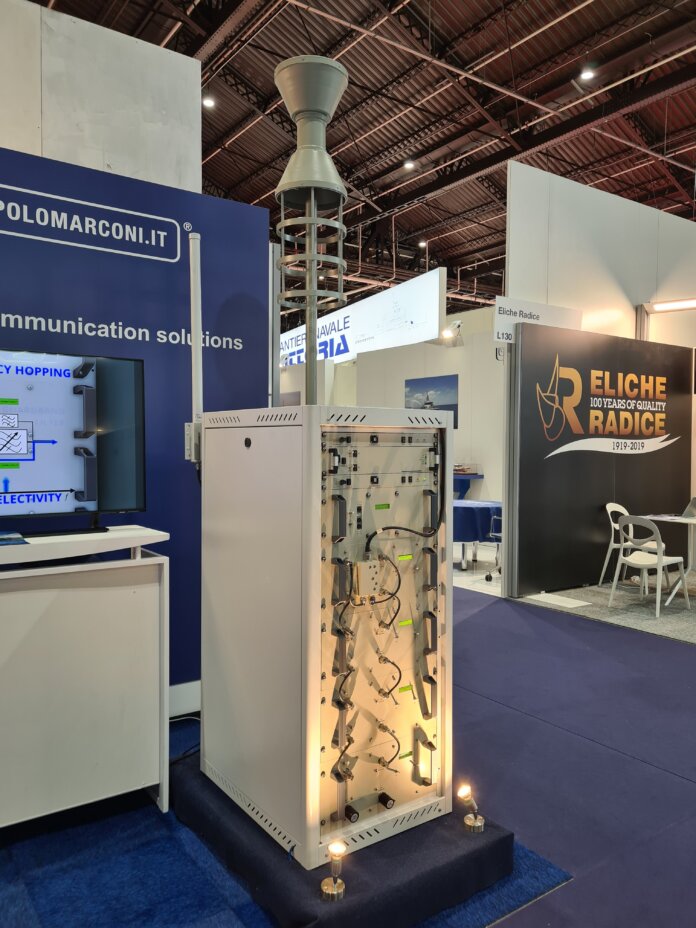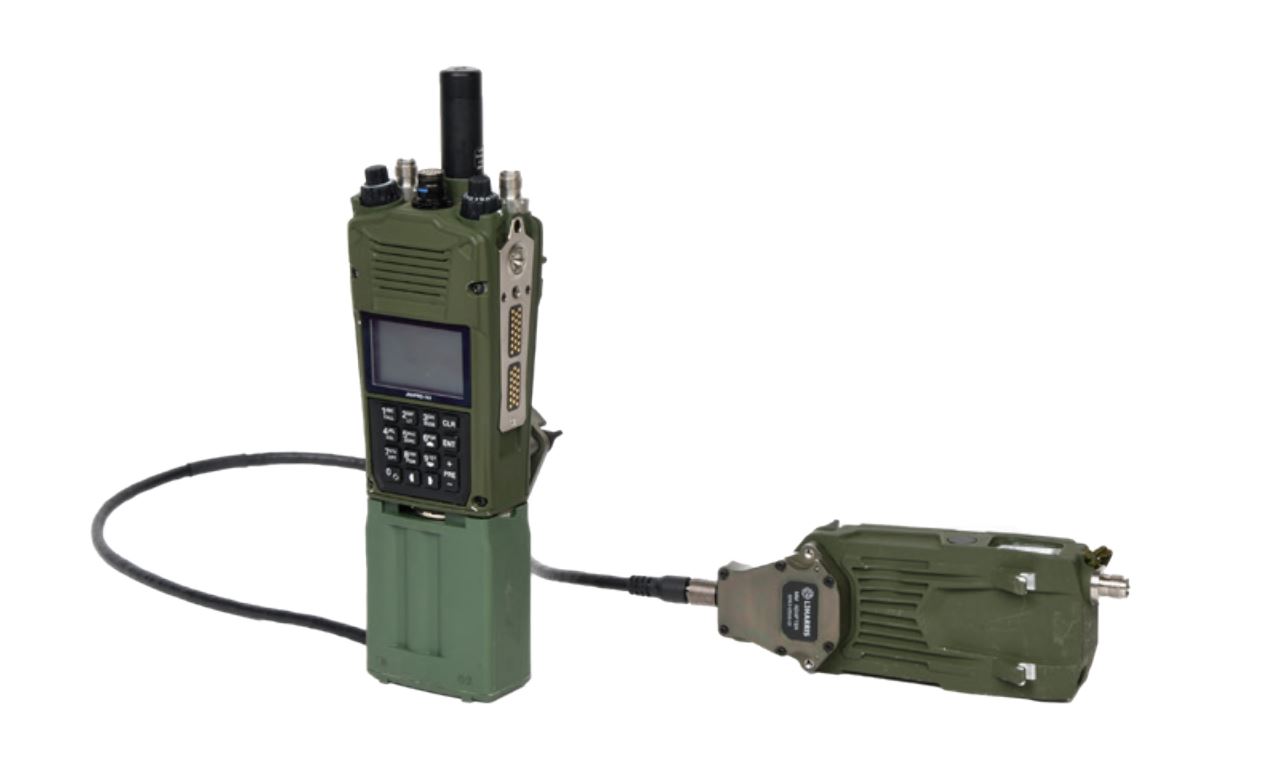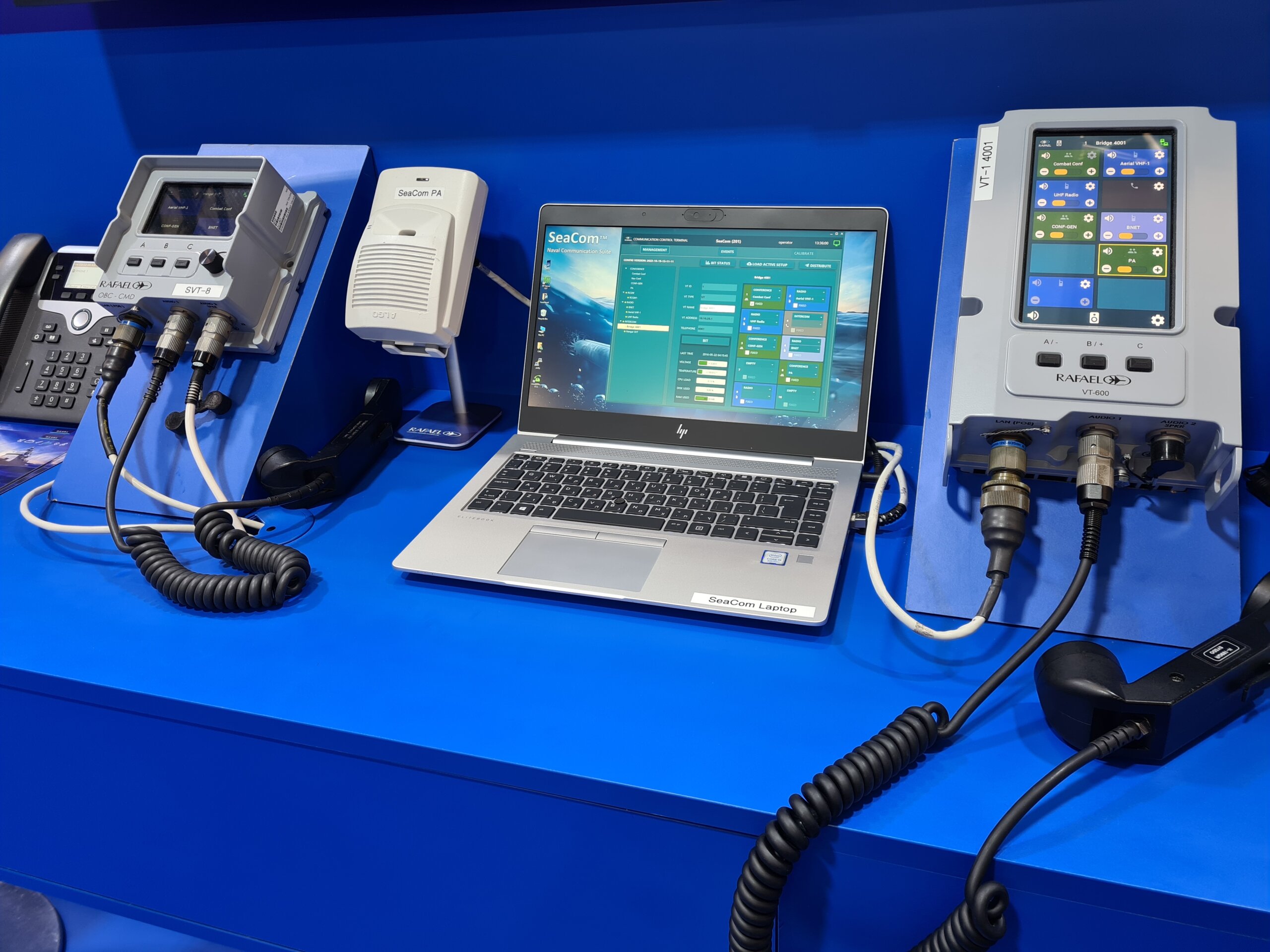
Armada’s monthly roundup of all the latest news in the military communications product, programme and operational domains.
Modular Machinations
L3Harris’ new Distributed Tactical Communications System (DTCS) mission module is now available for procurement Nick McGarry, the company’s business development manager told Armada. He added that the modules are available for pre-order and deliveries will start in early 2023. The module is compatible with L3Harris’ AN/PRC-163 Falcon-IV multichannel handheld radio. It lets the user connect to the US Space Force’s Enhanced Mobile Satellite Service’ DTCS network. The network uses the Iridium satellite service to provide worldwide connectivity. Iridium occupies frequencies between 1.616 gigahertz/GHz and 1.626GHz.
Once the module is connected to the radio, the user can employ the DTCS network for the carriage of voice and data traffic. Alongside its use by the US armed forces, the network is accessible by other Five Eyes nations, notably Australia, Canada, New Zealand and the United Kingdom. Mr. McGarry continued that the mission module is available for procurement via the US Foreign Military Sales route. “Adding the mission module provides a tremendous increase in capacity and is very easy for the operator to grasp because they are already very familiar with the radio”, he continued. No hardware changes are needed for the radio to use the mission module. Instead, a software update will suffice. Over the longer term, L3Harris plans to team the module with its AN/PRC-167 Falcon-IV multichannel backpack radio.

Small Antenna, Big Potential
Thales unveiled a quantum antenna at this year’s Euronaval exhibition held in Paris between 18th and 21st October. The company told Armada it is examining applications for quantum technology, including the use of quantum antennas for Very Low Frequency (VLF) and Low Frequency (LF) traffic. VLF, which uses frequencies of three to 30 kilohertz/KHz, and LF (30KHz to 300KHz) typically need long antennas. These can sometimes be several hundred metres long. Thales officials revealed the company is looking at quantum technologies as a mechanism for vastly reducing antenna size. The prototype antenna on the Thales stand was well below 500mm in size, including its accompanying electronics.
The antenna design uses superconductivity to harness quantum capability. Superconductivity depends on extremely low temperatures of circa a few degrees above absolute zero. The company has employed technology its has developed in the past for its cooled night vision systems to provide such temperatures. The significant reduction in antenna size enabled by quantum technology could have major ramifications for the VLF and LF domains. Until now the employment of these communications has typically been restricted by available ‘real estate’ to accommodate such large and unwieldy antennas.
Thales officials said that the company has performed radio frequency transmission and reception tests using this quantum antenna technology. These tests validated the quantum antenna principles and technologies. The company said that it will now discuss with existing customers how its quantum antenna technology could be employed in existing and emerging capabilities over the coming years.
MilSoft Confident on Link-M for Turkish Navy
Officials from MilSOFT told Armada they have had discussions with the Türk Deniz Kuvvetleri (Turkish Navy) on the force adopting the company’s Link-M Tactical Datalink (TDL). Speaking during this year’s Euronaval exhibition in Paris, MilSOFT said it had demonstrated the TDL’s capabilities to the force. The Turkish Navy currently uses the North Atlantic Treaty Organisation’s (NATO) Link-11 and Link-22 TDLs. These use wavebands of two megahertz/MHz to 29.9MHz and 225MHz to 399.975MHz. MilSoft told Armada the Turkish Navy has shown interest in adopting Link-M in the future. This would be used alongside Link-11/22.
Although Link-M uses the same frequencies as Link-11/22, it also carries TDL traffic across satellite communications links. Like the NATO TDLs the Link-M protocol uses time division, multiple access networking accommodating up to 100 subscribers on each network. The link can handle between four and eight networks simultaneously. Although Link-M has AES-256 standard encryption it can handle national encryption standards if desired by the customer. Usefully, Link-M traffic can be routed through a translator into Link-11/16/22 networks and vice versa. To this end, Link-M handles J-Series and M-Series messages alongside other standard TDL protocols. MilSoft officials added that development of Link-M is complete and the product is ready for acquisition. Alongside the Turkish Navy, they said the TDL had been demonstrated to several other forces.

SeaCom for Israeli Corvettes
The Israeli Navy’s new ‘Sa’ar-6’ class corvettes are receiving Rafael Advanced Defence System’s SeaCom naval communications system, company officials told Armada at Euronaval. SeaCom integrates all a vessel’s external and internal communications. It can work with third party communications systems, or those provided by the company. Alongside the ‘Sa’ar-6’ class, officials said that SeaCom has outfitted the navy’s ‘Sa’ar-5’ class corvettes and ‘Dolphin’ class Conventional Hunter-Killer Submarines (SSKs). The system is also scheduled for the new ‘Dakar’ class SSKs replacing the Dolphins. Beyond Israel, Rafael shared that the company has installed SeaCom on Royal Thai Navy and Philippines Navy warships. It is also equipping surface combatants belonging to the Forțele Navale Române (Romanian Navy). The first Romanian ship should receive SeaCom by the end of 2023.

Distributing the Signals
Polomarconi also took advantage of Euronaval to share product news. The company produces its Radio Frequency Distribution System (RFDS). This provides a central merging and splitting point for a naval vessel’s disparate communications capabilities. The RFDS covers wavebands of 100 megahertz up to two gigahertz. The existing system provides four Very/Ultra High Frequency (V/UHF) channels, but company officials told Armada this will be increased to 16 V/UHF channels by late 2023. This improvement will be available as a replaceable rack that can be installed in the RFDS cabinet. The equipment will also benefit from a redesigned broadband antenna. The RFDS is used extensively by the Marina Militare (Italian Navy) and other navies around the world.
by Dr. Thomas Withington













